I often hear people say: “My tea leaves have undergone SGS pesticide testing and are very safe.” Is this true? Opening the CNS 179 standard for tea leaves, apart from the pesticide residue regulations of the Food and Drug Administration, it is also a requirement that they must not contain any foreign matter.
How to remove foreign matter from tea leaves? I still remember when I was young, I would follow my father to the temple in Shuili Township, where villagers would gather to pack tea leaves and remove stems and foreign matter. Often, we would find many “goodies” added to the selected tea leaves, such as rings, spoons, and toys. It is necessary to visually inspect the tea leaves again before packaging. Prolonged visual inspection can cause eye fatigue, and some foreign matter ends up being included in the tea. Nowadays, tea leaf foreign matter sorting machines and metal detectors are used for selection. This machine has 36 lenses (equivalent to human eyes) and 1152 nozzles (equivalent to human hands), which can effectively remove foreign matter from tea leaves.
How difficult is it to remove foreign matter? There are four difficulties: calibration, numerical values, cleaning, and environment. Calibration: Calibration is the mother of production tool standards. I originally thought that calibrating the lens white balance would suffice, but I didn`t expect that even the screw angles would need adjustment. Numerical values: I remember when the equipment was installed, there were more than 50 numerical values that could be adjusted in the color selection system. Asking the manufacturer for accurate values was not possible, so self-testing was the only solution. This is like when TSMC buys an ASML lithography machine, I provided the equipment, but you have to figure out the “values” yourself. Plus, the condition of each batch of tea leaves varies, so the values need to be fine-tuned batch by batch. (Originally, I naively thought that pouring tea leaves in and having foreign matter come out would be so simple.) Cleaning: Cleaning the equipment is a complex and time-consuming task. Due to structural limitations, such as tea leaves getting stuck in grooves, basic cleaning takes at least an hour. Environment: The tea leaf sorting machine must be placed in a sealed and hygienic environment to effectively control foreign matter from re-entering the sorted tea leaves.
What are some common foreign objects in tea leaves? Common foreign objects in tea leaves include tea seeds, bamboo pieces, weeds, insects, hair, cotton fluff, stones, feathers, plastic, and metal.
Why are there foreign objects in tea leaves? Foreign objects in tea leaves are often accidentally introduced during the tea-making process. For example, snail shells come from freshly picked leaves during tea picking. Feathers come from bird nests on the roof during tea drying. Metal comes from equipment shedding during tea processing. It is quite difficult to prevent these foreign objects from entering during the tea-making process.
What impact will foreign objects in tea leaves have? Foreign objects in tea leaves affect both physiological and psychological aspects. Physiologically, if foreign objects in tea leaves dissolve harmful substances, they can cause health hazards. Seeing foreign objects mixed in tea leaves can cause psychological discomfort. Even if tea leaves are not consumed directly, hard foreign objects in tea leaves can damage equipment during the production of tea cakes, or cause health hazards when consuming tea cakes. The taste of tea varies from person to person, but the food safety of tea is crucial.
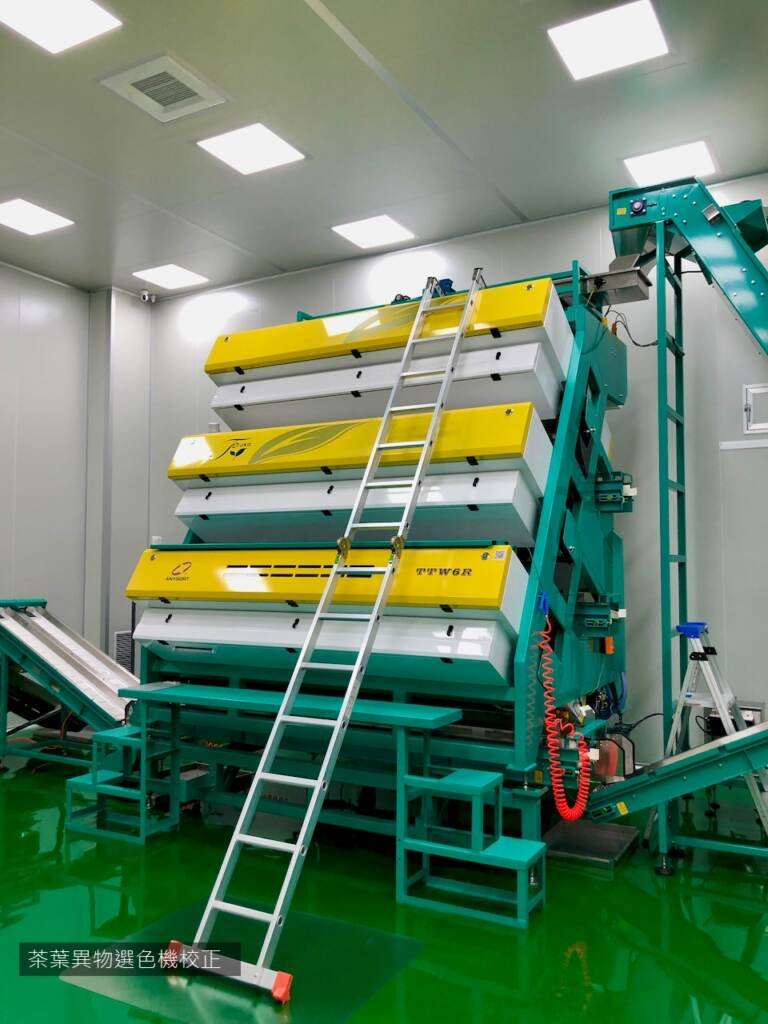
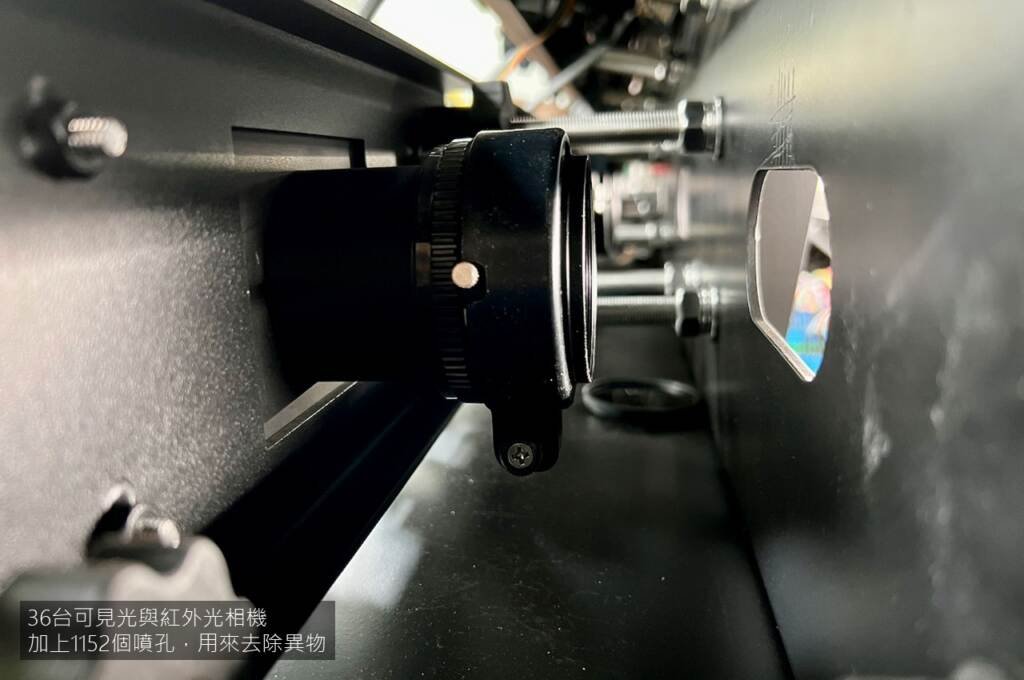
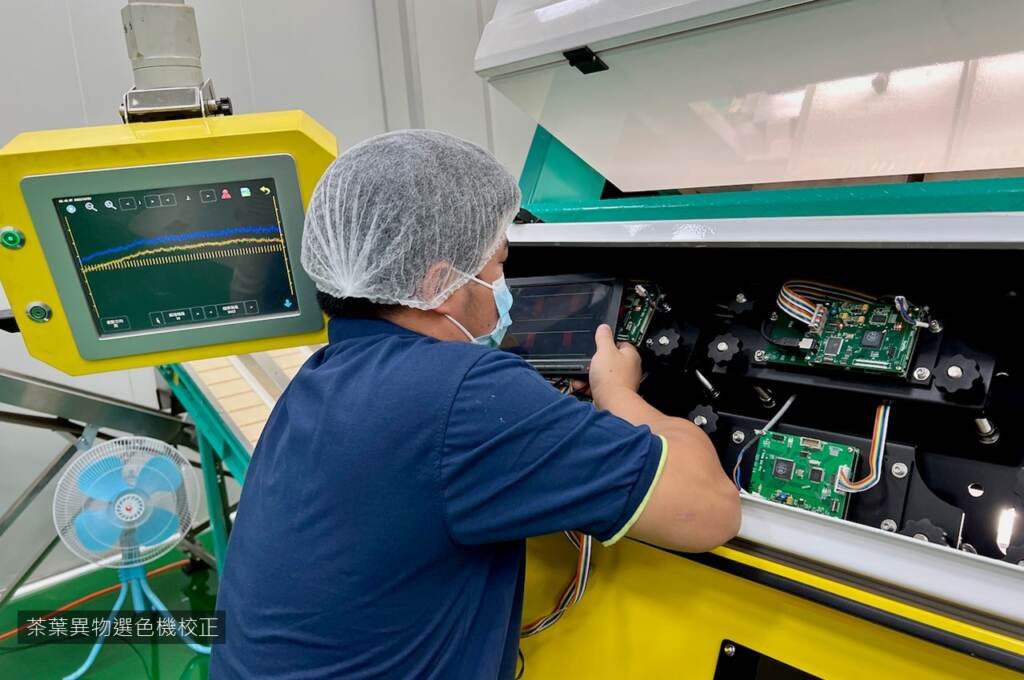
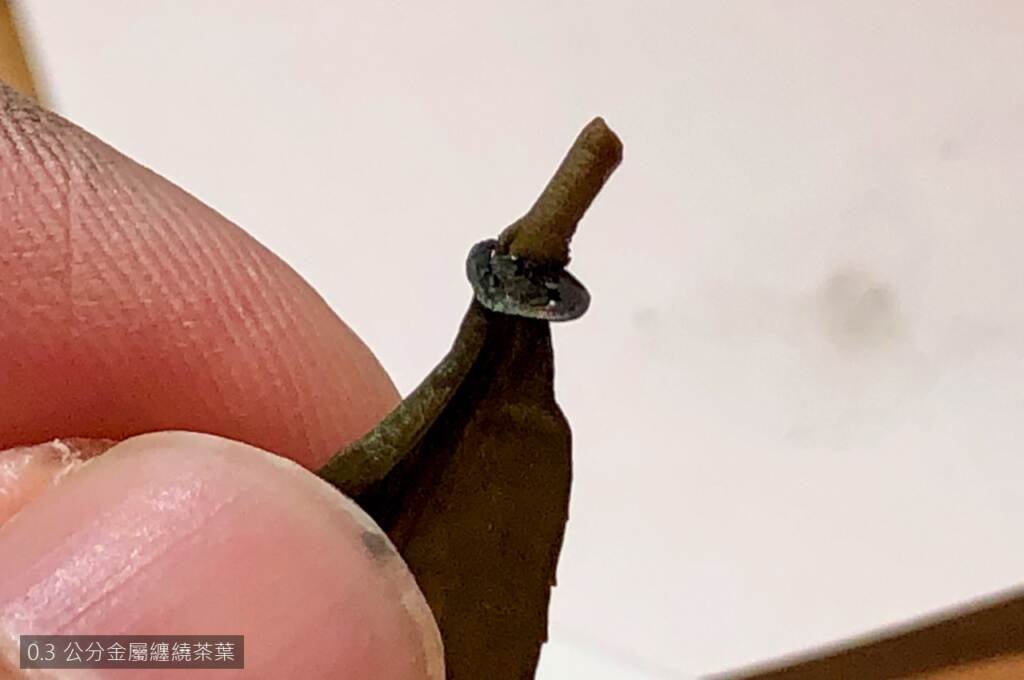
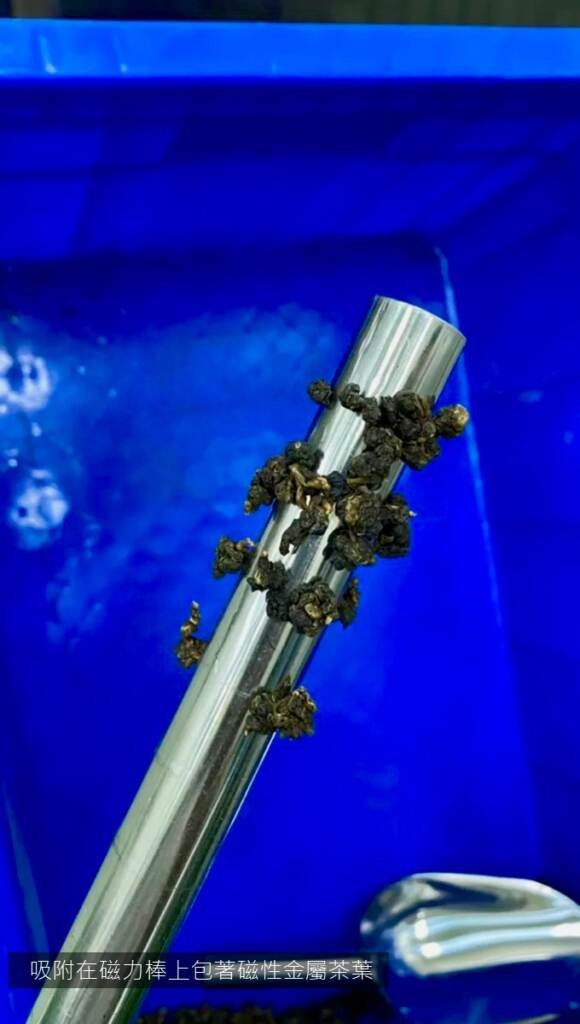
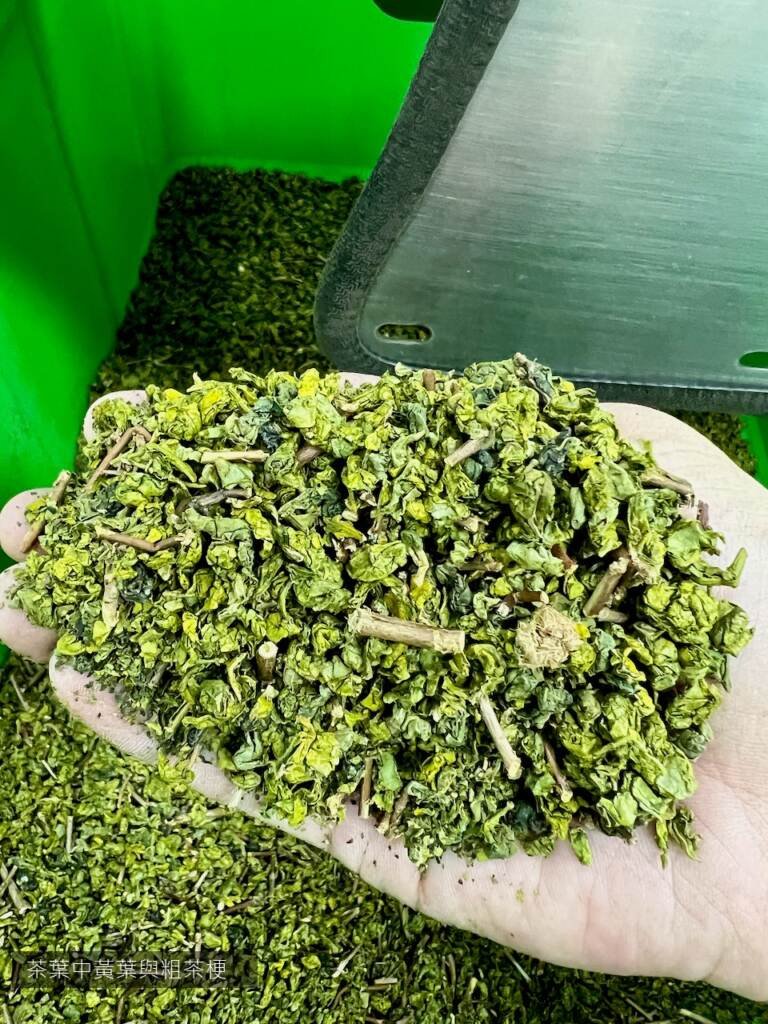
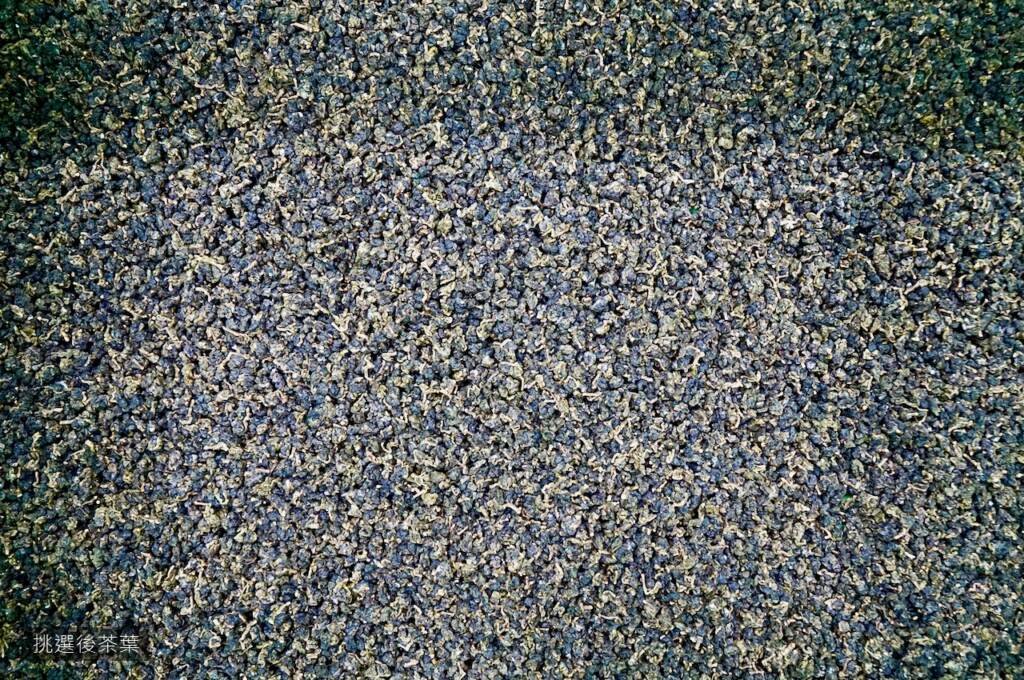

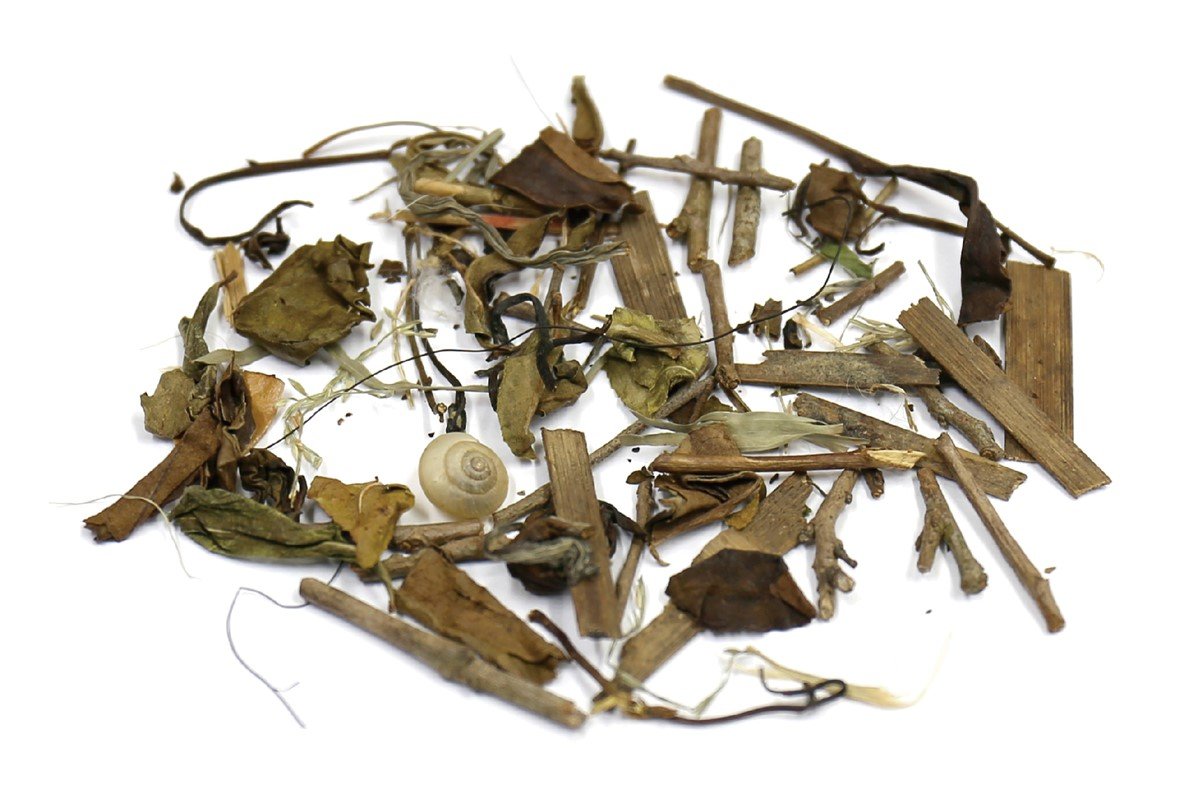

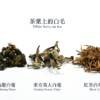
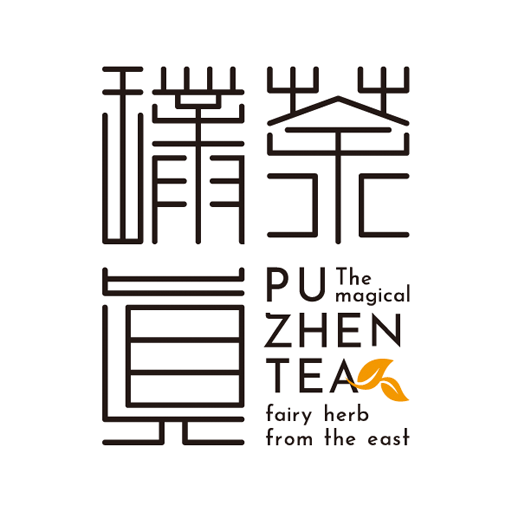
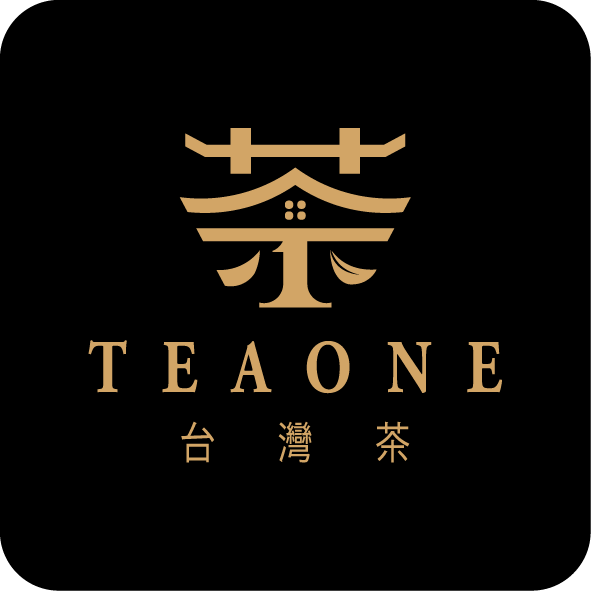
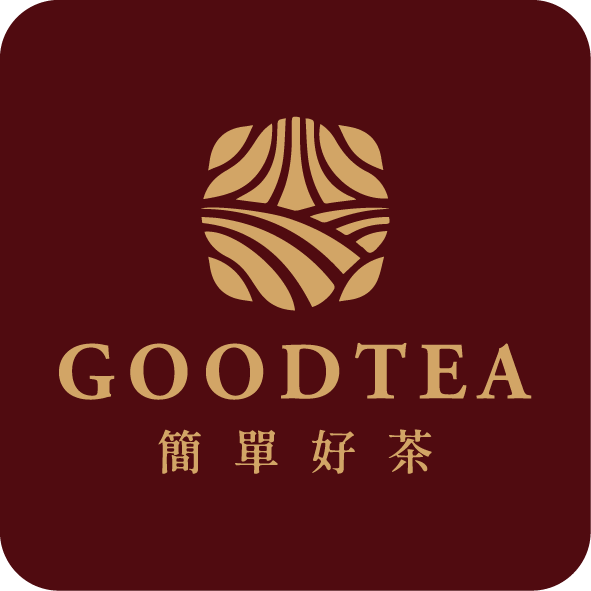
Leave a reply